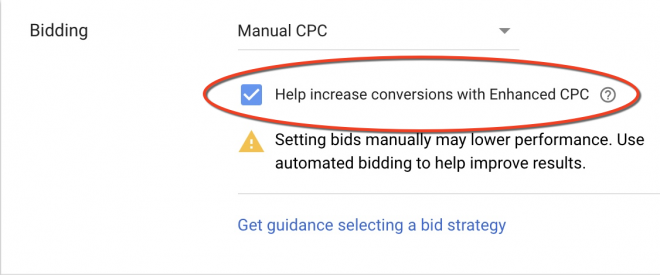For many PPC newbies (and even PPC pros!) Google Ads can be a scary place. Things can change and catch you by surprise, leaving you thoroughly spooked!
To help you avoid that kind of chilling situation, let me outline three changes that might scare you (and your wallet) if you’re not aware of them.

1. Exact Match
Back in the good ole days, Google’s “exact match” keyword matching option meant exactly that—the keyword had to exactly match the words used in the query. The query had to include those words, only those words, and in the same order.
So ads with the keyword “images royalty free,” for example, would only impression for the search term “images royalty free” under exact match.
But then, Google started to allow “close variants” to impression in exact match searches. And the list of close variants grew to include things such as plurals, misspellings, different word order and function words.
So “images royalty free,” as a keyword could now impression for the search term “image royalty free” and “royalty free images.”
Then a few weeks ago, Google expanded on close variants again. It can now include variations that share the same meaning as the keyword!
So, for example, ads with the exact match keyword “images royalty free” may also show on searches for “free copyright images.”
We’ve long used exact match keywords as a way to minimize irrelevant ad clicks. Bidding on terms that are super specific allows us to get more targeted. But these adjustments to the exact match bid option makes this type of targeting more challenging.
So now, we’re bracing ourselves to have client ads display for many variations of our exact match terms. In fact, the “exact match” bid option now seems more akin to “modified broad search” that the original exact match.
In fact, we’re now considering “phrase match” as an alternative bid option when we need to keep things super tight because it wasn’t included in this recent update.
Don’t let this change spook you! As always, watch your search queries carefully.
2. Bidding Automation
As you may have noticed, Google has been pushing automated bidding for some time.
Unfortunately, automated bidding isn’t working work well for all advertisers—especially those who’re running campaigns with smaller numbers of conversions.
Indeed, the general feeling is that you should have at least 50 conversions a month over the past few months for automated bidding to work well.
But that doesn’t mean you have to be afraid!
Thankfully, manual bidding remains a viable option. For the most part, we continue to get better results with manual bidding than automated bidding. And you can use bid rules to make manual bid management less onerous.
Our hope is that automated bidding will continue to get better—and we have seen some improvements over this past year. In fact, in some accounts we’re getting results that are comparable with manual bidding, which is something we rarely saw before!
Google is putting tons of resources into improving automated bidding, so clearly this is a priority for them. In fact, my team recently attended Google Partners training on this topic and came away with some new strategies we’re excited to try. So we’ll see how things progress!
But even with these improvements, automated bidding will continue to be scary if you apply a “set and forget” strategy. Even though the bidding is automated, you have to continue to monitor closely!
And one last thing: If you opt to go with manual bidding, make sure you uncheck the ECPC button—unless you actually want ECPC:

If you don’t, you might inadvertently double or triple your ad spend with no corresponding increase in conversions. Now that’s frightening!
3. Mobile App Exclusion
You might want to stop your ads from displaying on mobile apps in some accounts.
For many years, excluding mobile apps was easy. You simply excluded the domain “googleadsenseformobileapps.com” when setting up your campaigns, and voila, it was done!
But things took a frightening turn recently.
Google announced this method of exclusion would no longer be available, effective September 2018. From Google Ads:
Deprecation of adsenseformobileapps.com placement exclusion: The “adsenseformobileapps.com” placement exclusion, which allows blanket targeting and exclusion of app inventory, will be removed. After this exclusion is removed, campaigns will start to see app traffic. Going forward, you’ll be able to use device settings to manage which channel your ads appear on.
But using device settings to exclude all mobile apps is extremely laborious. The list of app categories is huge!
As you can imagine, this change caused a lot of consternation among PPC pros.
Fortunately, Kirk Williams @PPCKirk came to the rescue with a fantastic shortcut using Google Ads Editor.
Don’t let this change scare you off! Follow Kirk’s steps to exclude mobile app traffic when needed.
Paid Search Advertising Doesn’t Have to Be Scary
Google Ads can be a spooky place if you’re not paying attention.
But if you keep on top of things, you can always take steps to deal with changes—without being afraid!






